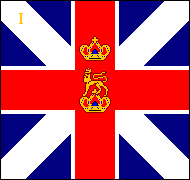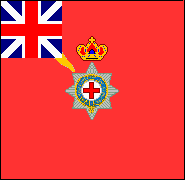SCARLET POMP
COLORS OF THE BRITISH FOOT GUARDS
Eighteenth Century




















